Icebreaking News: The MOSAiC expedition has found its floe
After only a few days of searching by helicopter, icebreaker, satellite, and on foot, the MOSAiC expedition has officially found a suitable ice floe in the Arctic to freeze into and drift along with for the next year. One of the most important milestones of the expedition has been achieved!
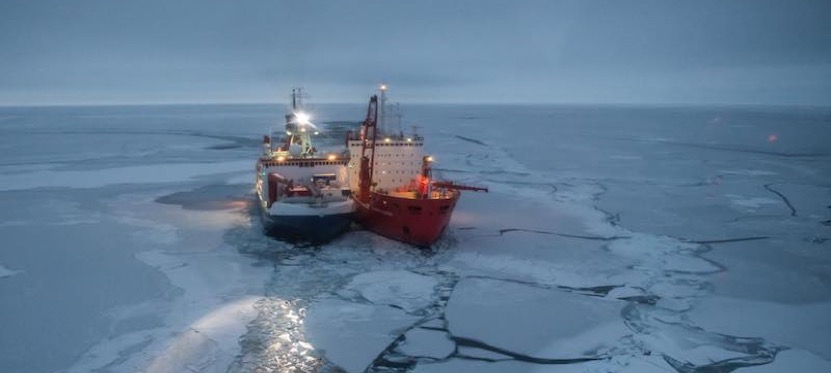
The Polarstern docks with the Akademik Fedorov. As the Polarstern becomes frozen in the ice, the Fedorov will deploy research stations on the ice around it, some as far as 50 km away.
Photo: Esther Horvath, AWI
Read more
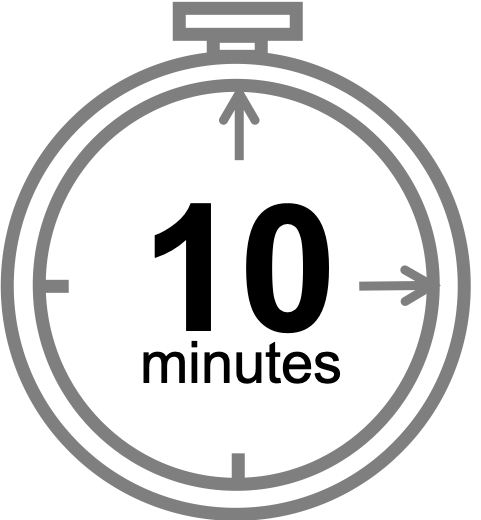 #askmosaic: Sea Ice and Seasonality
#askmosaic: Sea Ice and Seasonality
Student submitted question: Is there a reason why the MOSAiC expedition is starting now (September) and not some other time of year?
Before we show you the expert's answer to this question, challenge your students to try to answer it themselves using the Charctic Interactive Sea Ice Graph from the National Snow and Ice Data Center. Hint: Remember that the goal of the MOSAiC expedition is to freeze an icebreaker in an ice floe in the Arctic that will then drift across the Arctic with the ice for an entire year.
Charctic Interactive Sea Ice Graph
![]()
![]()
![]()
 Quick Bite: Polar Preparations
Quick Bite: Polar Preparations
Did you know that planning for the MOSAiC expedition started a decade ago? A multinational year-long polar research expedition such as this requires a lot of people, time, training, equipment, and money.
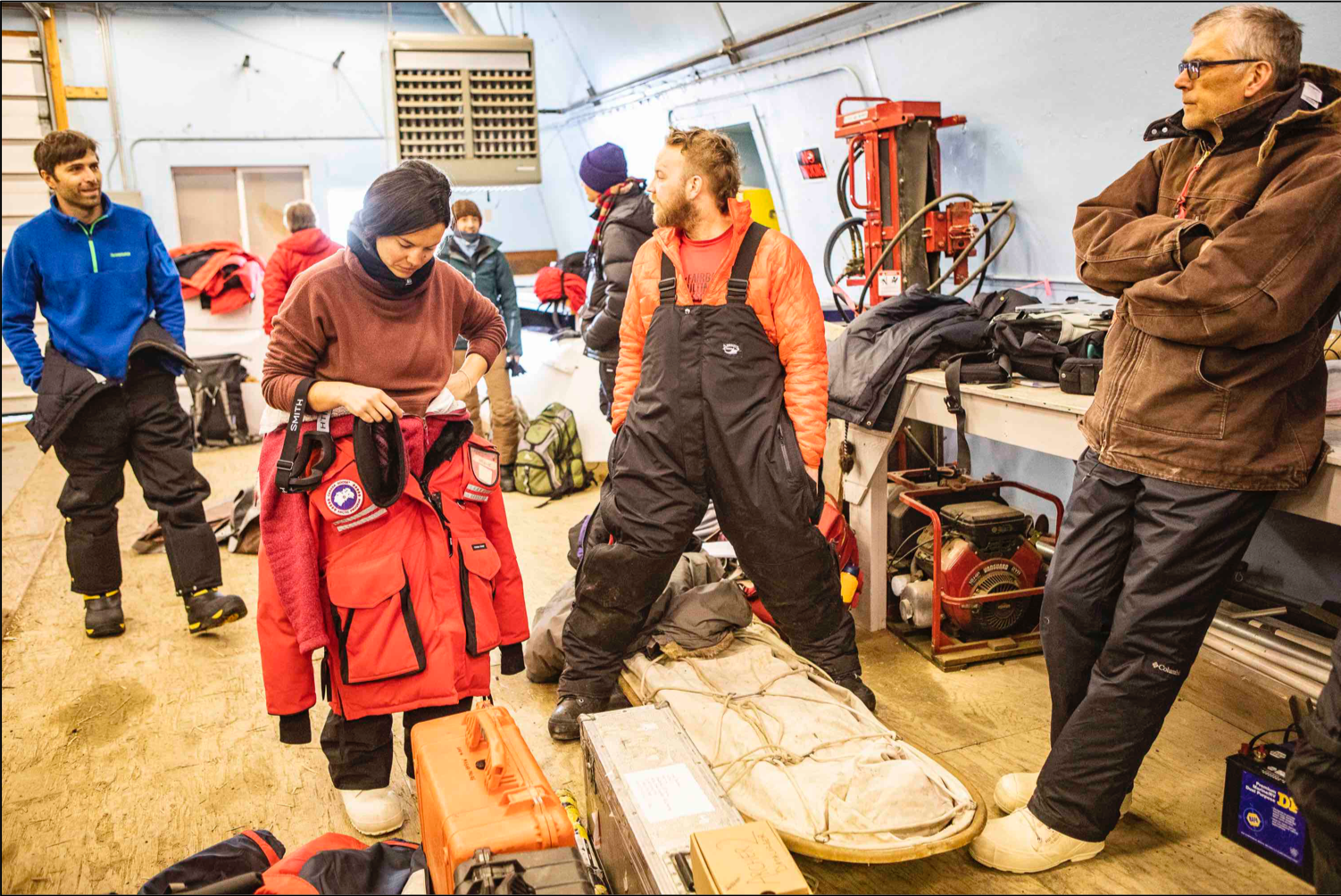
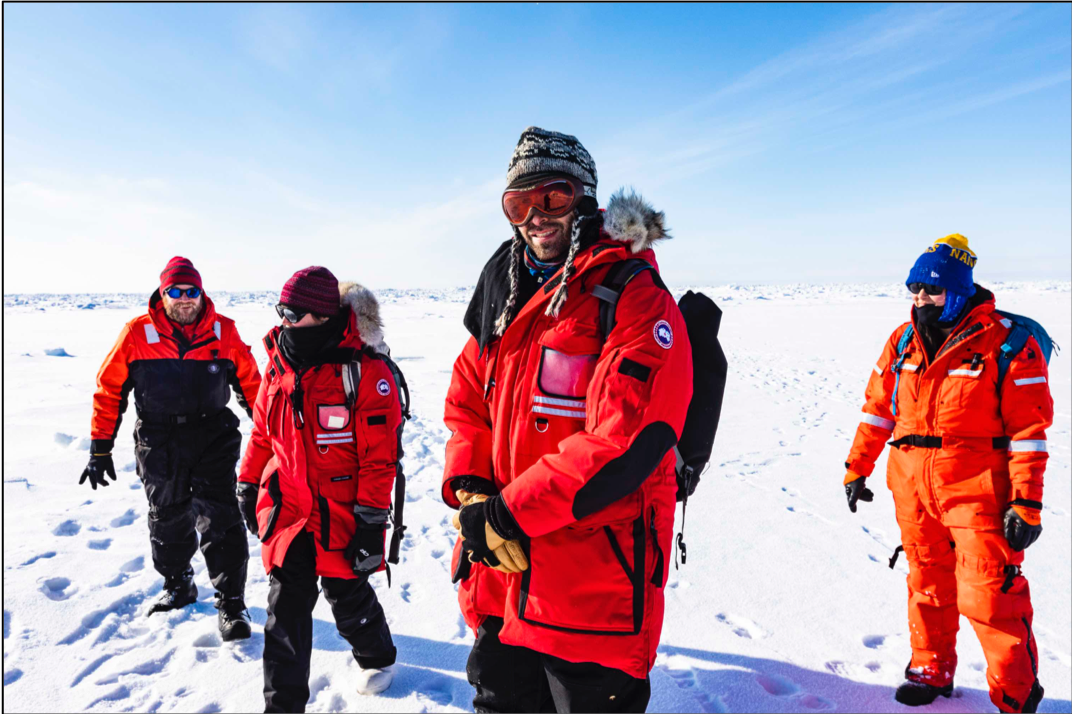
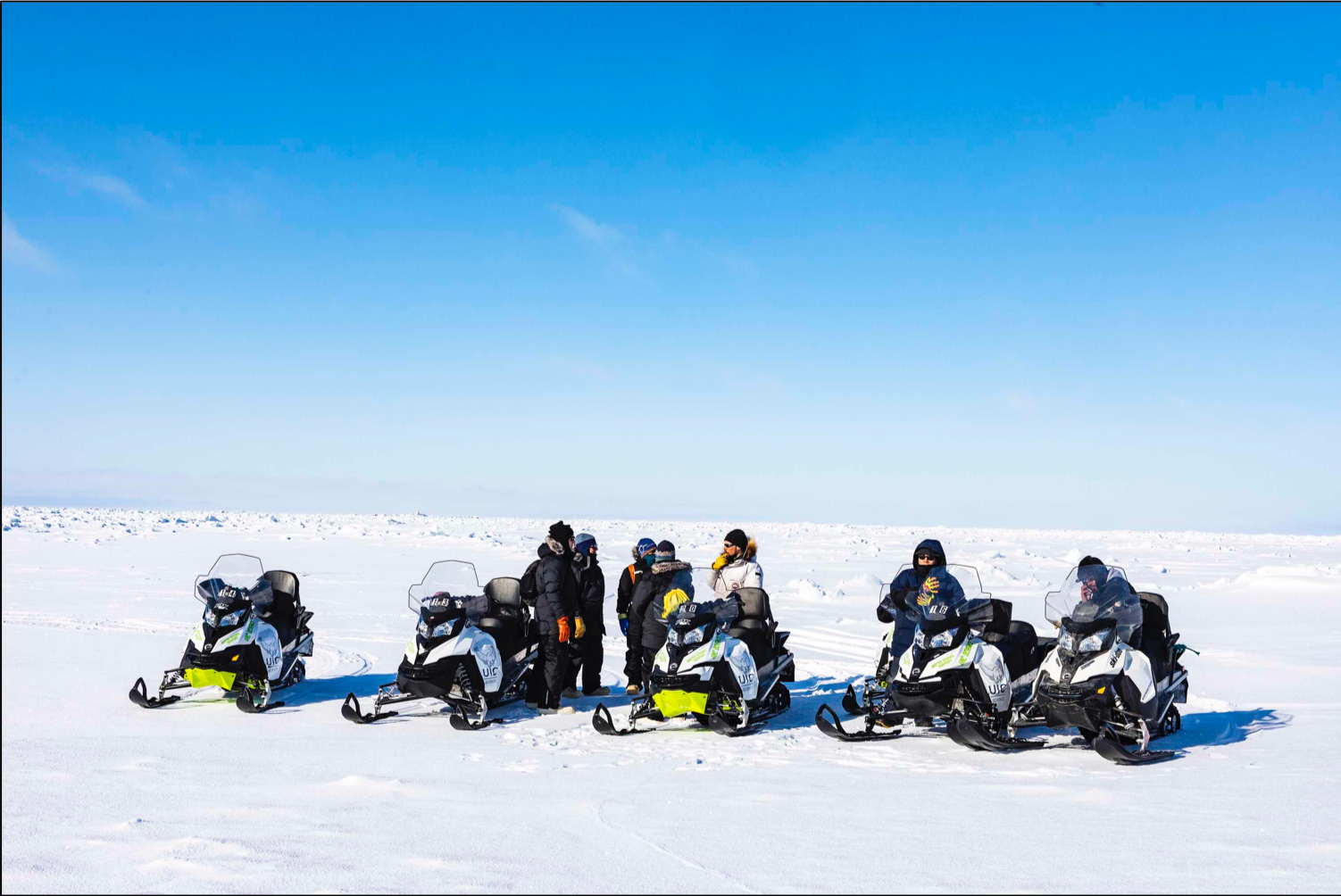
Scientists prepare for the MOSAiC expedition during a training in Utqiagvik, Alaska. Photos: JR Ancheta, University of Alaska Fairbanks
Ask your students to imagine that they will be preparing for a 13-month Arctic research expedition. As a class, brainstorm a list of what you would need to do to prepare for the expedition and make sure that everyone returns home safely. What would you need to pack or bring? What equipment or training would you need? How would you prepare for possible hazards or unforeseen incidents?
Find out more about packing, preparing, and training for an Arctic expedition
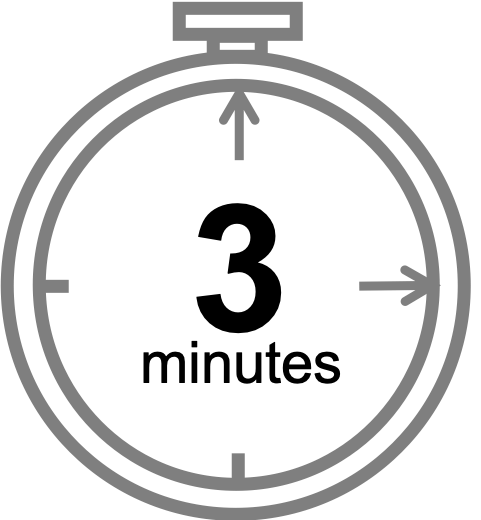 Getting Ready for MOSAiC
Getting Ready for MOSAiC
Watch Dr. Markus Rex, MOSAiC expedition leader, describe MOSAiC preparations and what will be going on during the first few weeks of the expedition.
Video: Alfred Wegener Institute
 MOSAiC Weekly Tracking
MOSAiC Weekly Tracking
Plot the Polarstern
Each week we will provide you with the latitude and longitude coordinates of the Polarstern so that your students can track its journey across the Arctic in your classroom.
Download the map to plot coordinates
Download a larger map of the Arctic for a bigger picture view of the expedition area
Location of the Polarstern
| Date | Latitude | Longitude |
| September 16, 2019 | 69.68 N | 18.99 E |
| September 23, 2019 | 72.31 N | 26.93 E |
| September 30, 2019 | 85.12 N | 138.05 E |
| October 4, 2019** | 85.08 N | 134.43 E |
| October 7, 2019 | 85.10 N | 133.82 E |
**Day when MOSAiC reached the ice floe that the Polarstern will become frozen in and drift with for the next year.
Log MOSAiC Data
Download a MOSAiC Data Logbook to keep track of Arctic conditions over the course of the expedition
Arctic Data*
| Date | Length of day (hrs) | Air temperature (deg C) at location of Polarstern | Arctic Sea Ice Extent (million km2) |
| September 16, 2019 | 13.25 | High: 10 Low: 4.4 | 3.9 |
| September 23, 2019 | 12.35 | High: 6 Low: -1 | 4.1 |
| September 30, 2019 | 9.1 | -4.7 | 4.4 |
| October 4, 2019** | 6.27 | -13.0 | 4.5 |
| October 7, 2019 | 3.05 | -8.2 | 4.6 |
*Note: We expect data to fall within the following ranges: Length of day, 0-24 hours; Temperature, -40 to 14 degrees C; Sea ice extent, 3-15 million km2
**Day when MOSAiC reached the ice floe that the Polarstern will become frozen in and drift with for the next year.
 Follow the Journey
Follow the Journey
PolarTREC educator Katie Gavenus will be keeping a journal during her time aboard the Russian icebreaker Federov on the first leg of the MOSAiC expedition. Check out her Education Extensions at the end of each journal entry for more Arctic-related classroom activities.
Read Katie's journals
Apply to be a PolarTREC educator or researcher!
Browse all Arctic and polar-related educational resources
Check out the MOSAiC Monday Archives
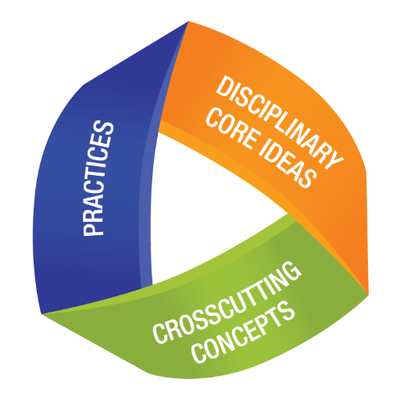 *Update* MOSAiC Monday and the NGSS
*Update* MOSAiC Monday and the NGSS
Good news for educators in the U.S. teaching with the Next Generation Science Standards (NGSS) or similar! We will now be tagging MOSAiC Monday engagements with the NGSS Disciplinary Core Idea subject(s), Science and Engineering Practice(s), and Crosscutting Concept(s) that they most closely connect to. Look for these symbols listed below each engagement:
Disciplinary Core Idea Subjects
Science and Engineering Practices (adopted from the San Diego County Office of Education Science Resource Center)
Crosscutting Concepts (adopted from the San Diego County Office of Education Science Resource Center)
